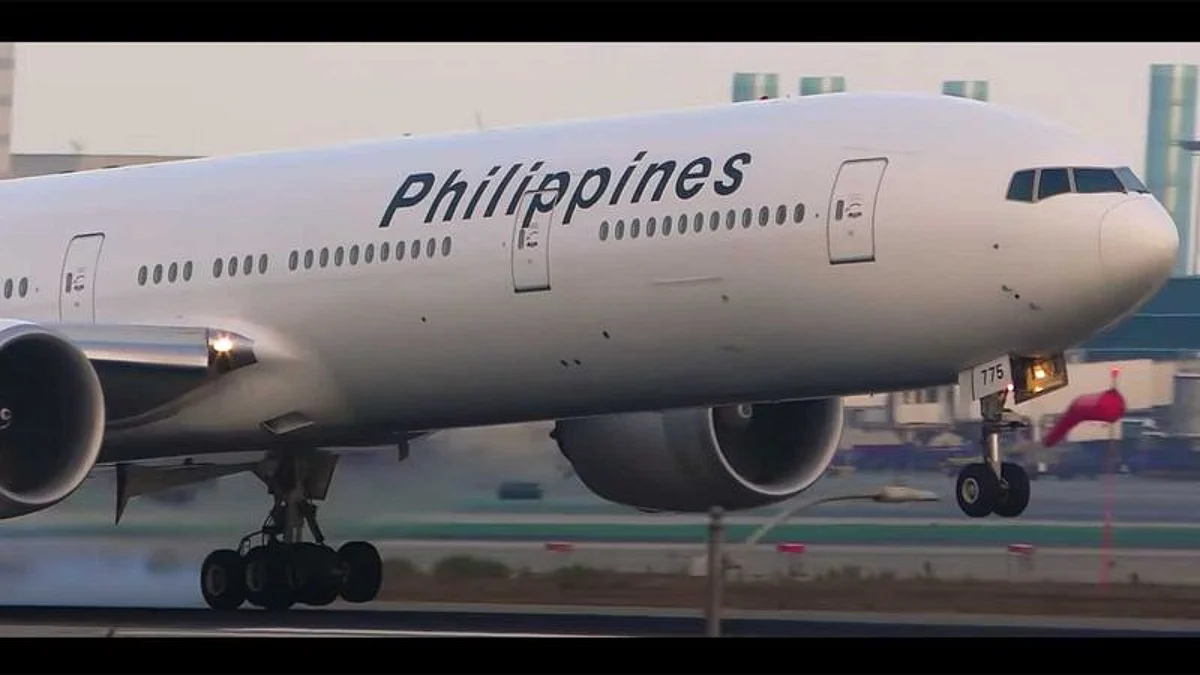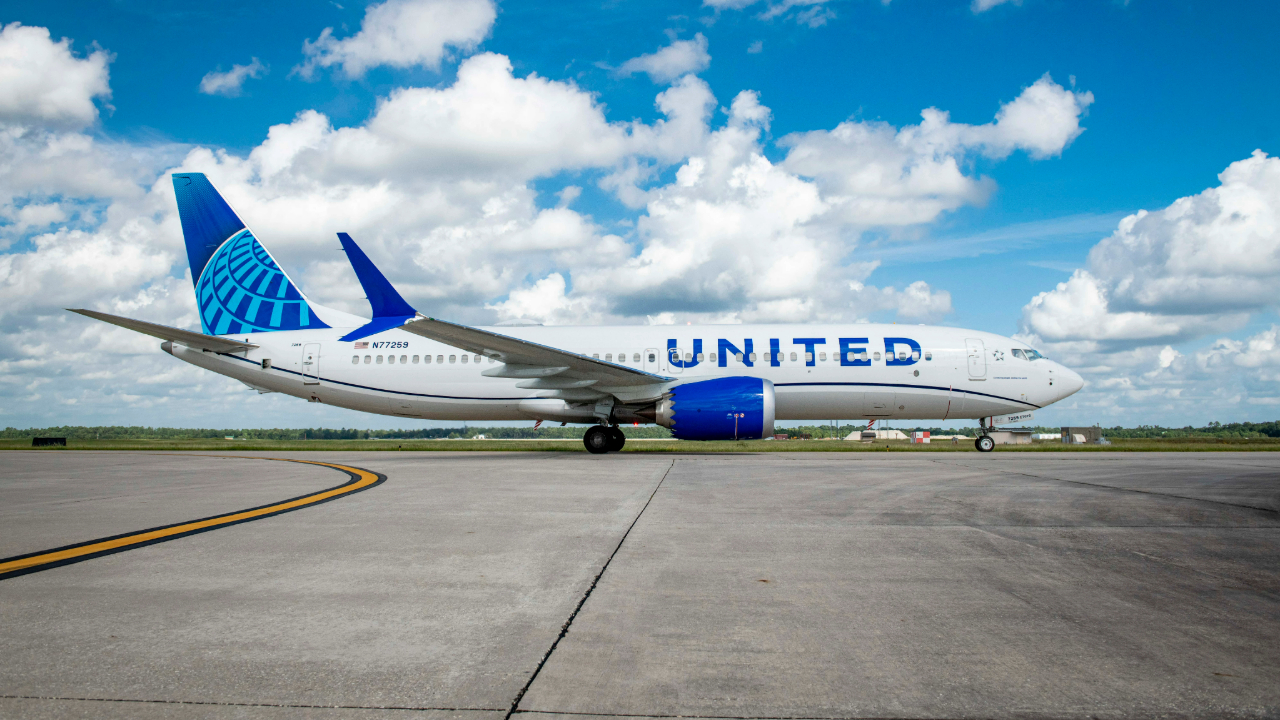Copyright gulfnews

A few years ago, the Philippine Airlines (PAL) was on the brink of collapse.The company declared bankruptcy in September 2021.Now, it is suddenly outspending its rivals on new planes and routes.It's ordering cutting-edge Airbus A350-1000 jets and expanding flights — all while many other airlines are still buried under mountains of debt..In 2023, PAL launched a pilot hiring spree, announcing 1,500 new pilot positions. In 2025, Philippine Airlines is pulling off a head-turning feat. Now, it can afford a shopping spree that its competitors can only dream of.How on earth is this possible?.Grounded by COVID-19: From flying a Boeing 777 to food vendor, carpenter — and back.Philippine Airlines: Filing for Chapter 11 bankruptcy?.$59 airfare for international flights: PAL rolls out 'ultimate seat sale' ($3.3 for domestic).Revenge travel? Fly Manila-Dubai for $81 with PAL, and $1.90 base fare for domestic flight via Cebu Pacific.TurnaroundThis puzzling turnaround is more than just good luck or a post-pandemic travel boom. The answer lies hidden in plain sight on Philippine Airlines’ post-bankruptcy balance sheet.Every great comeback story starts with a low point. For Philippine Airlines, that low point was 2020. As COVID-19 spread, global travel ground to a halt. Borders closed, passenger demand evaporated, and aircraft that once crisscrossed the Pacific were suddenly parked in storage. .Travel restrictionsThe Philippines imposed some of Asia's strictest travel restrictions, and Philippine Airlines’ revenue collapsed virtually overnight.The airline, a proud 80-year-old flag carrier, was bleeding cash. By late 2020, Philippine Airlines was losing an estimated 200 million pesos per day—an unsustainable burn rate that rapidly drained its liquidity. By 2021, the airline was on the brink of financial ruin. The company had already been struggling with losses even before the pandemic, but COVID pushed it over the edge. It cancelled dozens of routes, cut thousands of jobs, and grounded much of its fleet..Yet the debt and aircraft lease obligations accumulated over years still had to be paid. With scant revenue coming in, Philippine Airlines management faced an existential crisis: keep piling on high-interest emergency loans like many competitors were doing—or take a more drastic measure.In September 2021, PAL's management made a bold decision: they filed for Chapter 11 bankruptcy protection in the United States. It was a surprising move.After all, this is Asia's first commercial airline, not an American company. But U.S. Chapter 11 offered a structured way to freeze the bills, reorganize finances, and shed massive debts.The filing revealed a plan to cut fleet size by 25% and eliminate around $2 billion in borrowings. .Fresh capital, debt financingTo keep the lights on during the process, Philippine Airlines’ majority shareholder — the conglomerate owned by billionaire Lucio Tan — agreed to inject fresh money: $55 million in equity and debt financing, along with another $150 million from new private investors. This was essentially a lifeline to carry the airline through bankruptcy and out the other side.For the rest of 2021, Philippine Airlines operated under court supervision as it negotiated with creditors. Planes kept flying on a limited schedule, but behind the scenes, the airline was renegotiating aircraft leases, cutting deals with suppliers, and restructuring debt. Trimming operationsIt even returned some aircraft to lessors to trim the fleet and save costs. Eventually, nine aircraft exited the fleet in 2021 as part of the downsizing.By late 2021, the outlines of a rescue emerged. Creditors big and small—from jet engine makers like Rolls-Royce to maintenance providers—agreed to forgive a huge portion of what Philippine Airlines owed. It wasn't charity; it was a calculated choice. Creditors figured that accepting some losses through restructuring was better than seeing Philippine Airlines liquidated entirely. In fact, the reorganisation plan won 100% approval from the votes cast by Philippine Airlines’ key lenders and lessors—a remarkable show of support that smoothed the path to exit bankruptcy quickly..What exactly is Chapter 11?How did a foreign airline use it to engineer this comeback? Chapter 11 is part of the U.S. bankruptcy code that allows a company to reorganize under court supervision rather than shut down completely. Think of it as a legal timeout. When a company files Chapter 11, it gets breathing space from its creditors—lawsuits are paused and debt payments can be put on hold. The company's management usually stays in control, unlike some bankruptcies where a receiver takes over, but big decisions need court approval.The goal is to come up with a “plan of reorganization”—a blueprint for how the company will reduce its debts, pay back some portion of what it owes, and emerge as a viable business.For an airline like Philippine Airlines, Chapter 11 offered several powerful tools:Debt reductionPhilippine Airlines used the process to permanently slash over $2 billion from its balance sheet. This was done by converting some debt into equity — in other words, creditors agreed to accept stock in the reorganised airline instead of cash— and outright forgiving other obligations. Billions in loans and unpaid lease bills were wiped out with the stroke of a judge's pen. Imagine suddenly erasing two-thirds of your personal debts — that’s what Philippine Airlines achieved.Lease and contract negotiationUnder Chapter 11, companies can renegotiate or even exit contracts that are too expensive. Philippine Airlines consensually contracted its fleet by 25%, returning aircraft and getting out of high-cost leases. Planes that were not needed or affordable were handed back to lessors with the court’s blessing, without the usual penalties. Remaining leases were restructured for better terms — lower rents or extended payment schedules. The airline also renegotiated rates with suppliers and service providers — from catering companies to maintenance shops — to get cost savings.New financing with court approvalBankruptcy can actually help a company raise money. Philippine Airlines’ Chapter 11 plan included $55 million in new equity and debt investment from its majority owner. The court approved this “DIP financing” (debtor-in-possession financing), which gives new lenders priority for repayment. Essentially, it’s like giving rescue investors a super-senior status — they’ll get paid back first, so they feel safer lending money. Philippine Airlines also lined up an option for $150 million in additional financing from new investors if needed.Single forum for all creditorsFor a global airline, having one court in New York oversee the restructuring was hugely efficient. Philippine Airlines had creditors all over the world. US Chapter 11 has a well-established process that binds all creditors to the final plan as long as the required majorities vote for it. Even though Philippine Airlines is a Philippine company, it qualified to file in the U.S. partly because many of its airplanes and loans were tied to U.S. entities or dollars. The Philippine courts also recognised the US proceedings so that the Chapter 11 outcome would be honored back home — a first in Philippine legal history.In short, Chapter 11 gave Philippine Airlines a global platform to resolve a global problem. .Fastest airline Chapter 11?To put it simply, Chapter 11 allowed Philippine Airlines to shed weight like a crash diet. Debts that would have taken decades to repay were largely erased. Painful cuts — like reducing the fleet and workforce — were made swiftly but in a controlled way.By December 31, 2021, just shy of four months after filing, Philippine Airlines had completed this whirlwind reorganization. That speed was astonishing — possibly the fastest airline Chapter 11 ever. Many other airlines that filed during the pandemic, such as those in Latin America, took a year or two to get through their bankruptcies. Philippine Airlines did it in a fraction of that time..Turnaround from bankruptcy.When the US bankruptcy court approved Philippine Airlines’ plan, the result was transformative. One lawyer involved said the case resulted in a $2 billion reduction in debt, a streamlined fleet, and a strengthened balance sheet. In one fell swoop, Philippine Airlines’ liabilities dropped sharply, its cost base improved, and it had money in the bank to reboot operations. The balance sheet was essentially rebooted—a rare opportunity for a legacy airline to start fresh financially.As Philippine Airlines’ president put it at the time, this was a chance to emerge as a stronger airline and to rebuild for long-term growth.But how does this financial cleanup look on paper? And how does it compare to other airlines that didn’t get such a tidy reset? To answer that, let’s fast-forward to 2025 and dig into some numbers..Balance sheetThe most striking difference between Philippine Airlines and many of its rivals is visible in one place: the balance sheet.PAL’s financial position in 2025 is remarkably strong, especially for an airline. The total debt and long-term financial obligations are about $1.39 billion as of mid-2025, down from $1.57 billion a year earlier — meaning Philippine Airlines has even paid off some of the modest debt it had after restructuring. It has cash reserves of roughly $455 million on hand and total assets around $3.8 billion.Crucially, Philippine Airlines’ equity — assets minus liabilities — has turned positive, about $922 million in shareholders’ equity. In layman’s terms, the company owns more than it owes. A healthy sign: This is a huge turnaround from the dark days of 2020–2021 when PAL’s equity was negative and it was technically insolvent.For over three years now, PAL has been out of throes of bankruptcy. Travel demand has rebounded, and the flag-carrier has been busy rebuilding its network.



